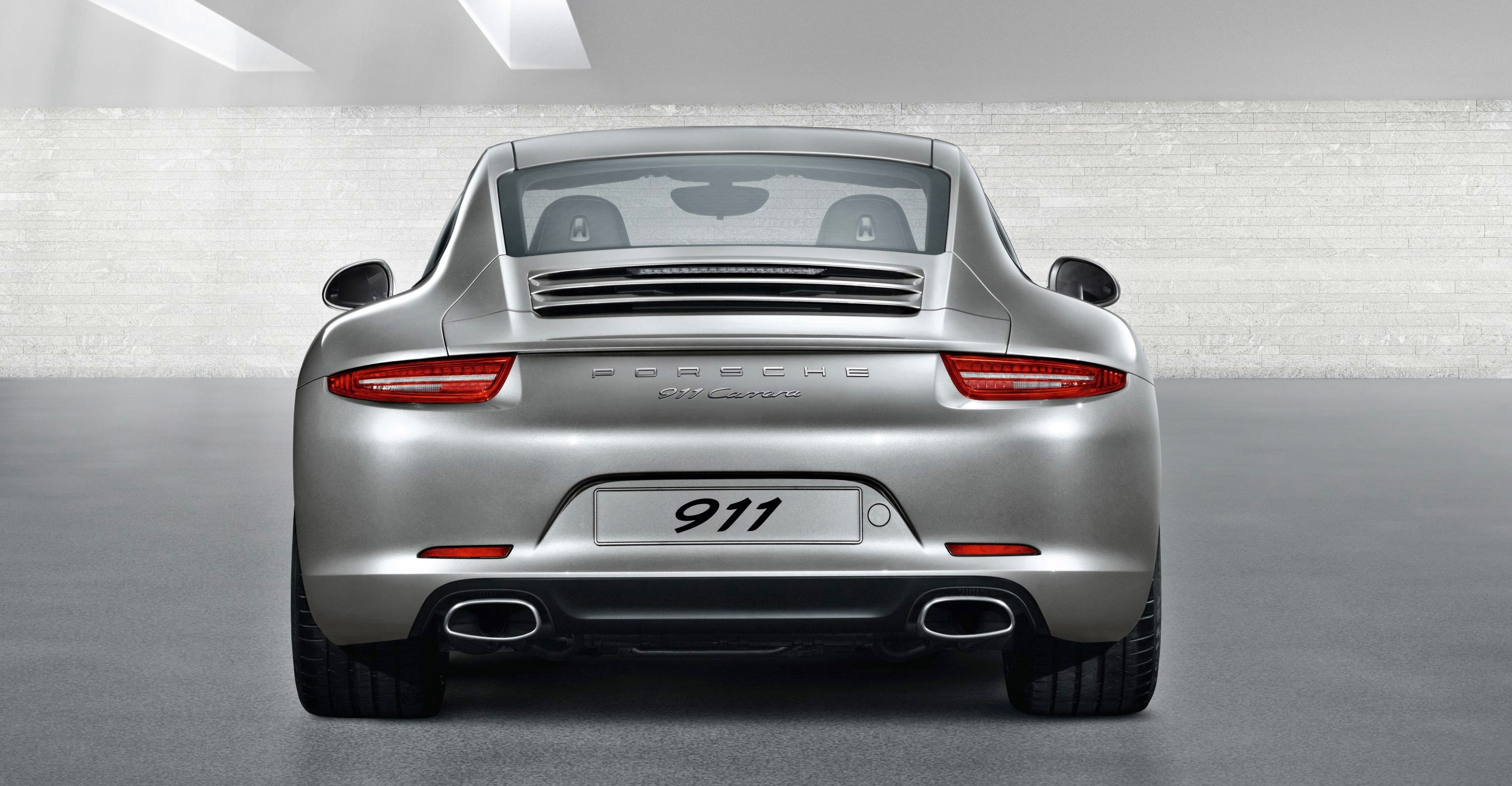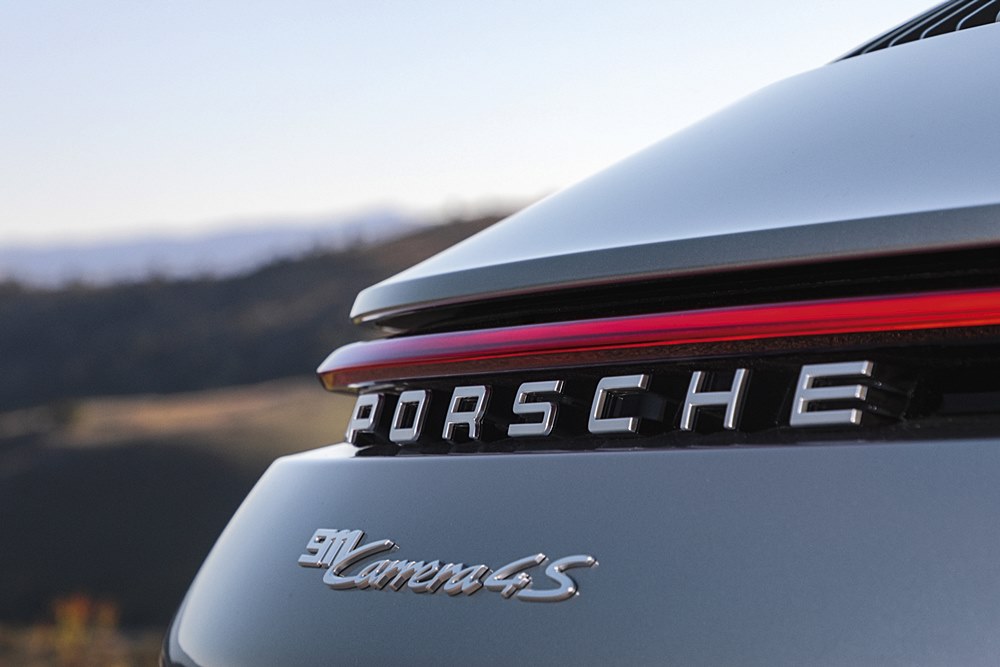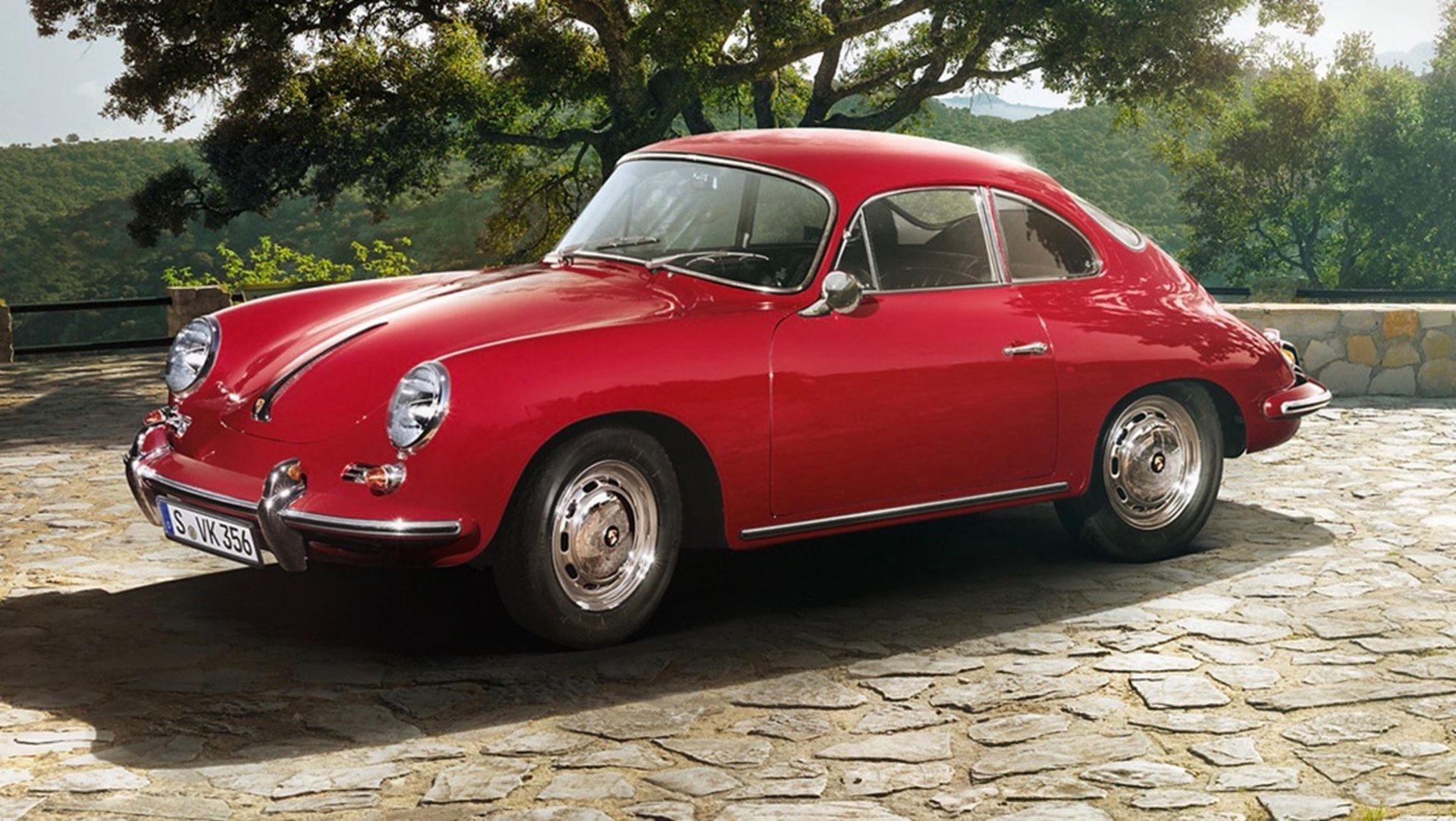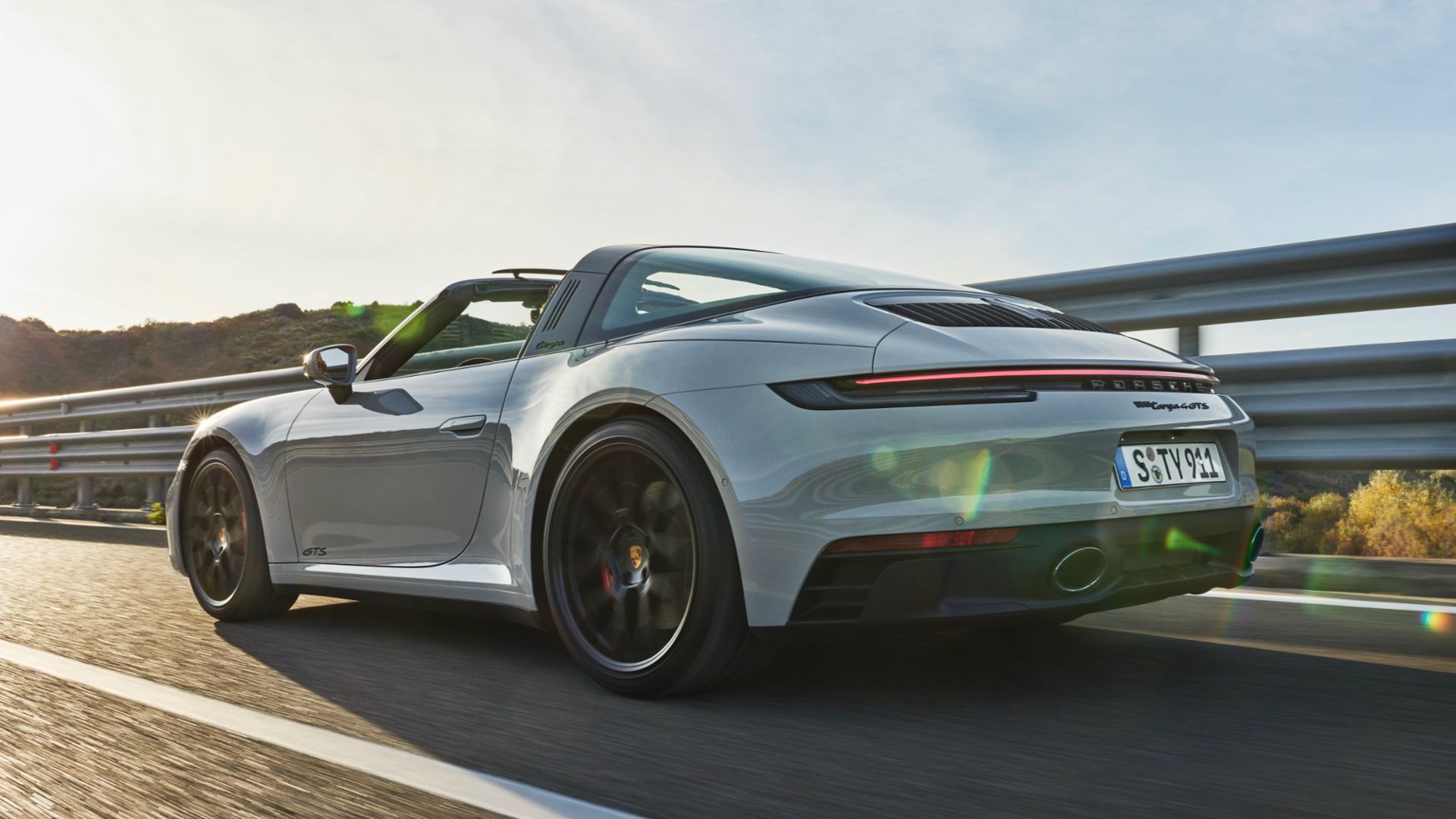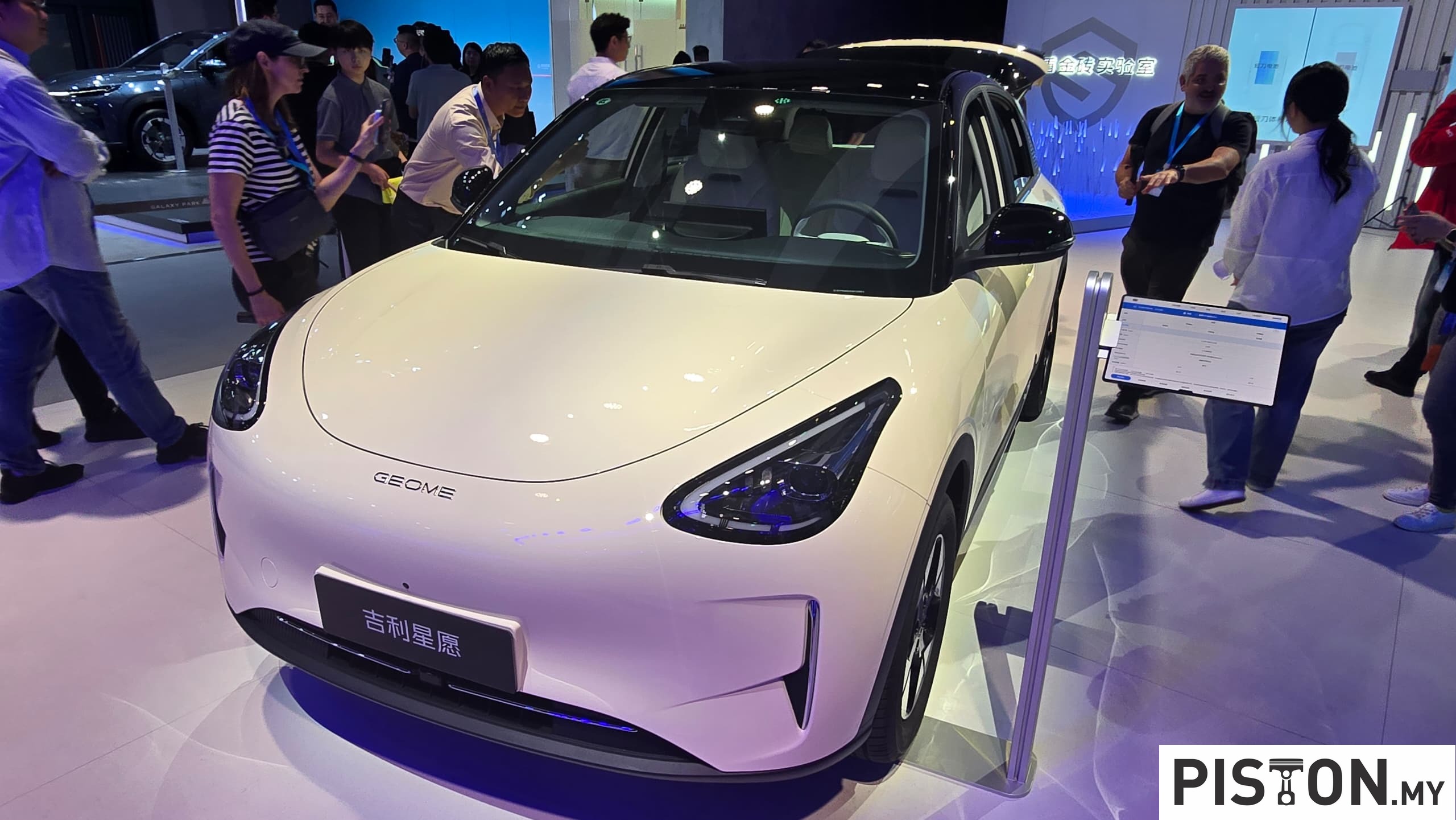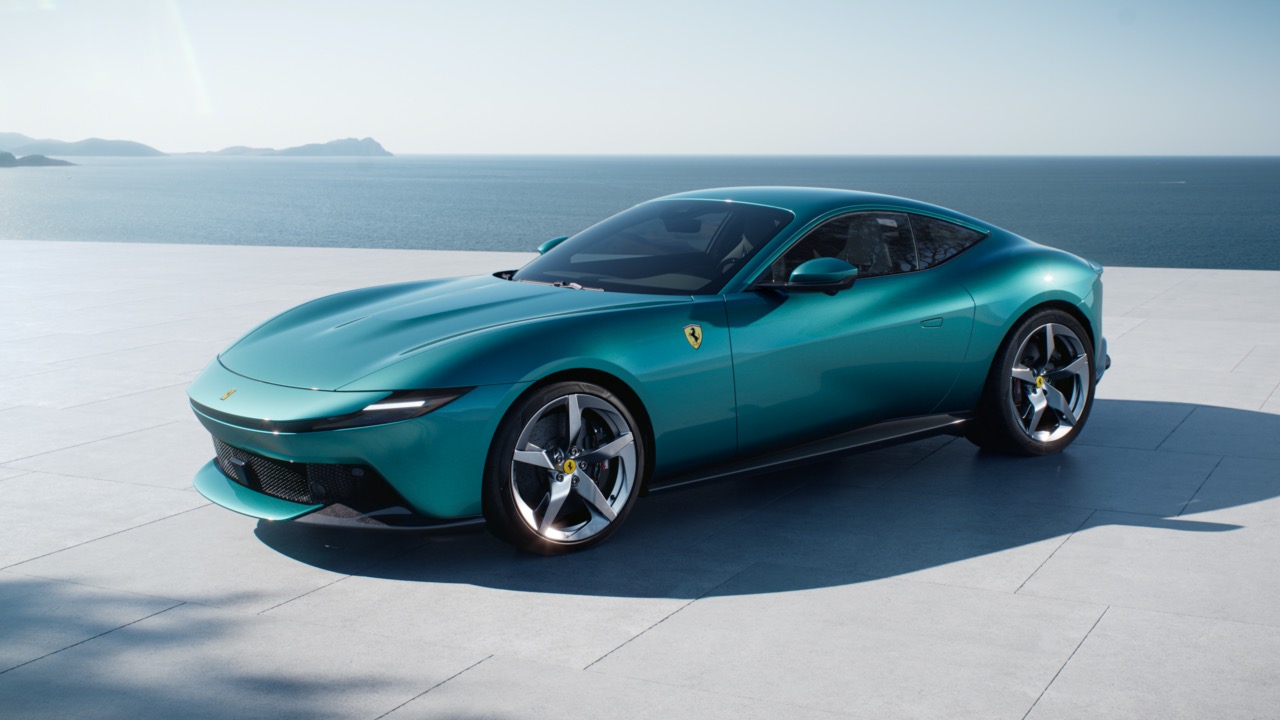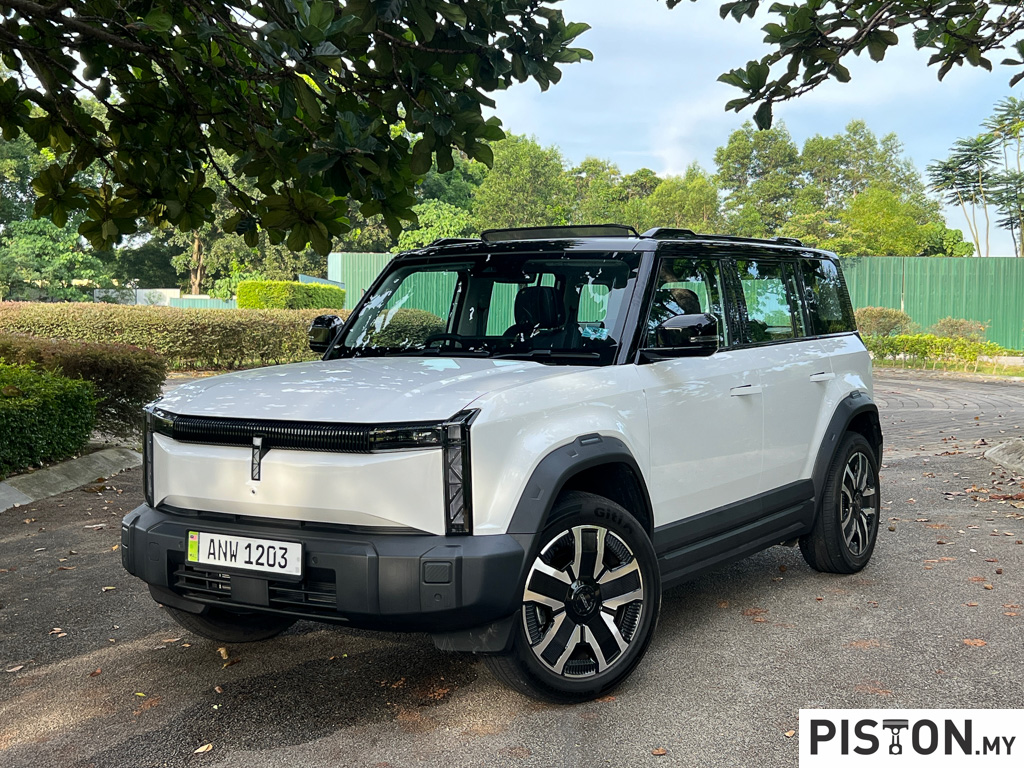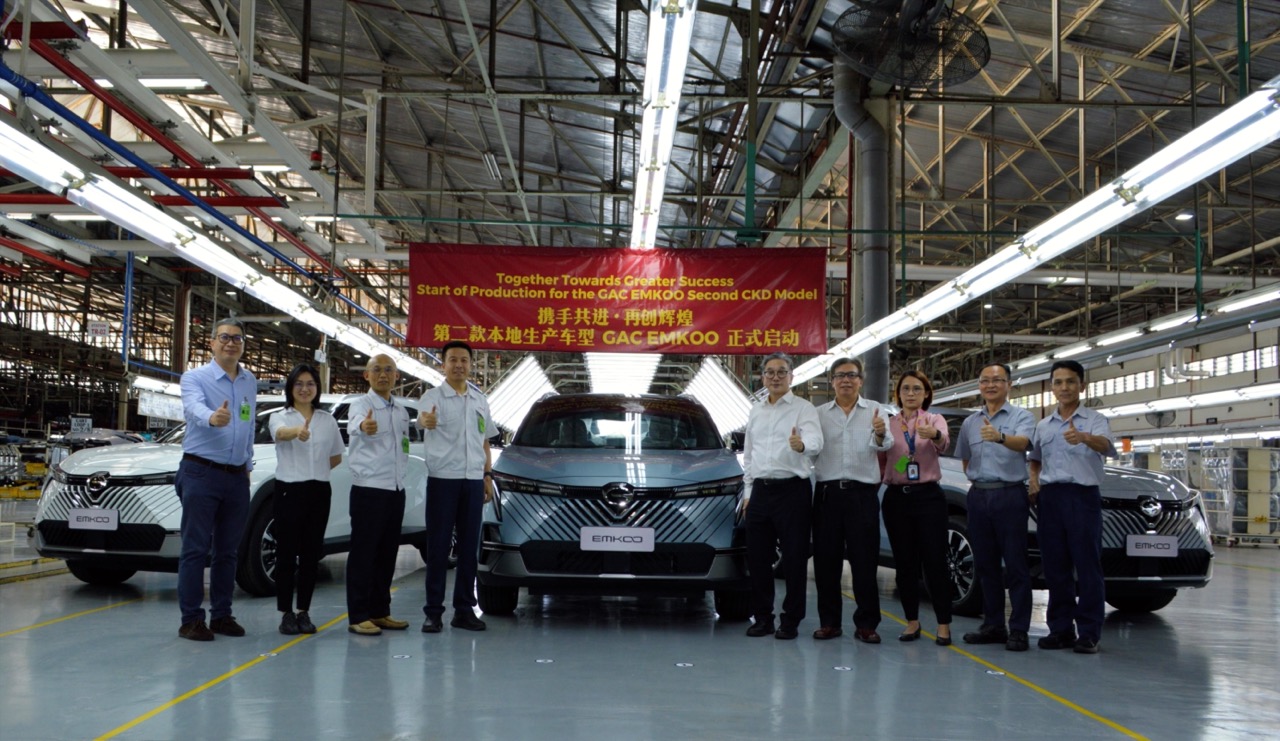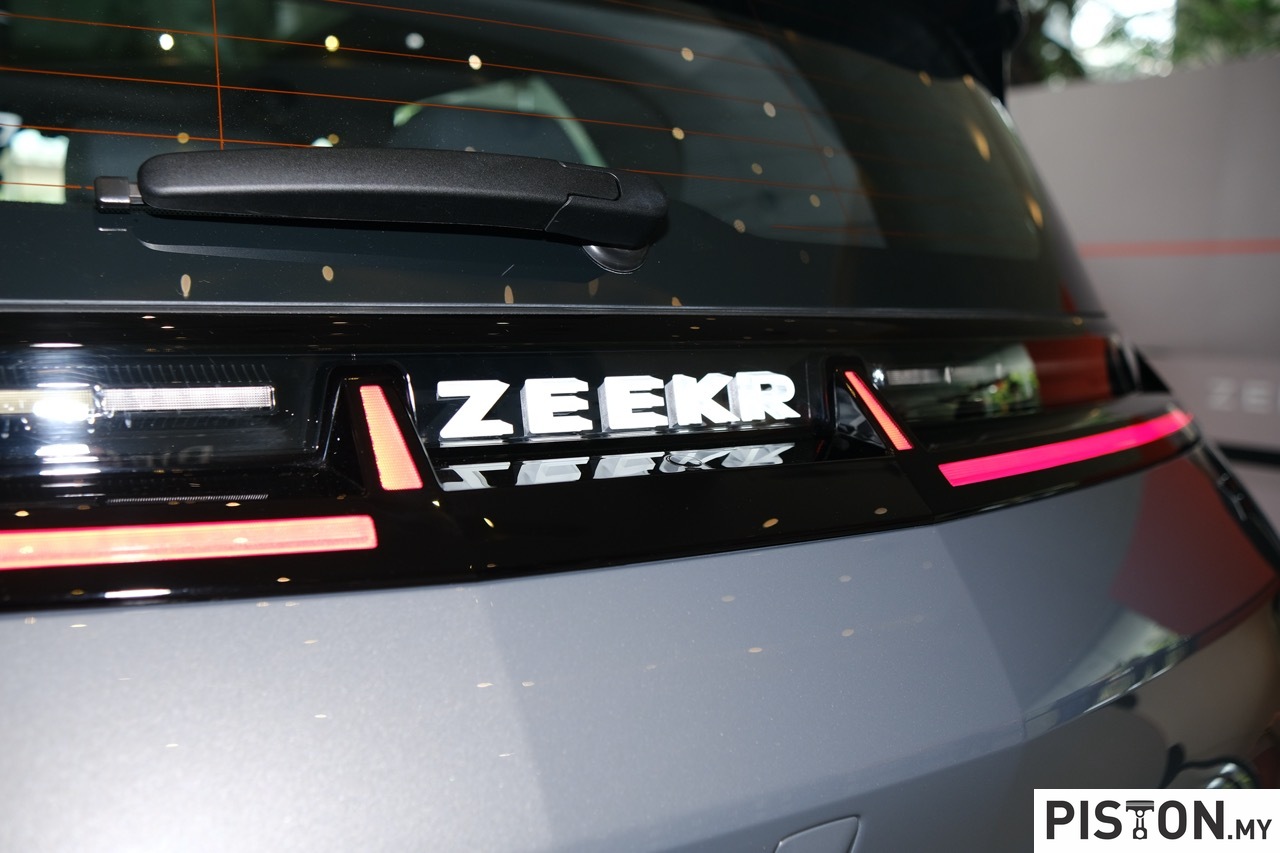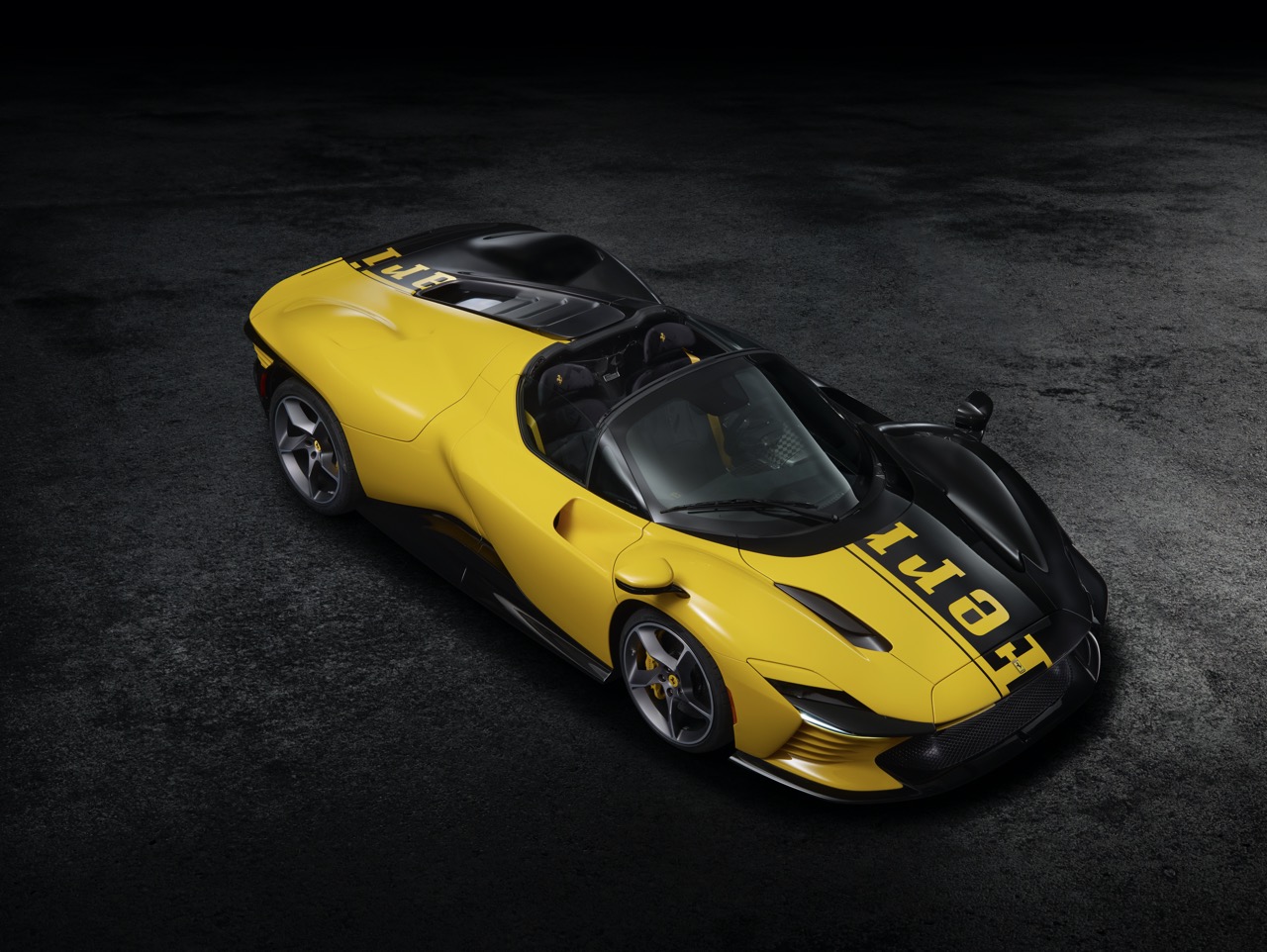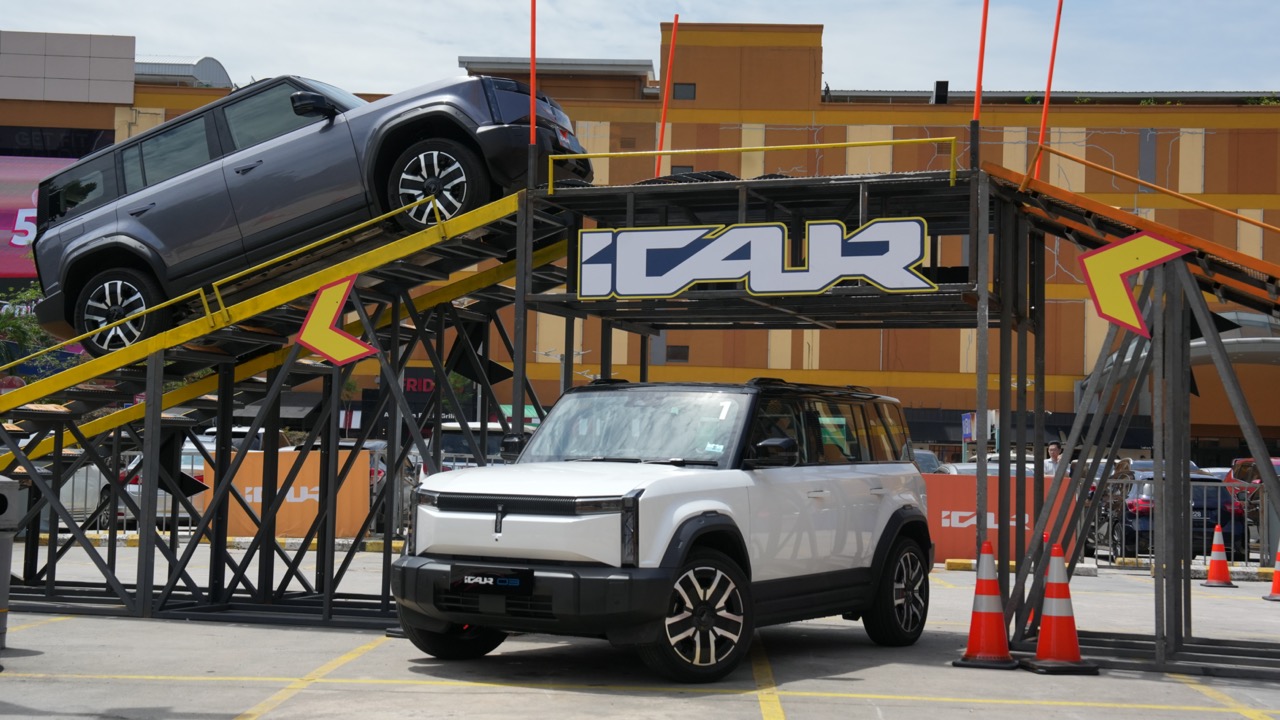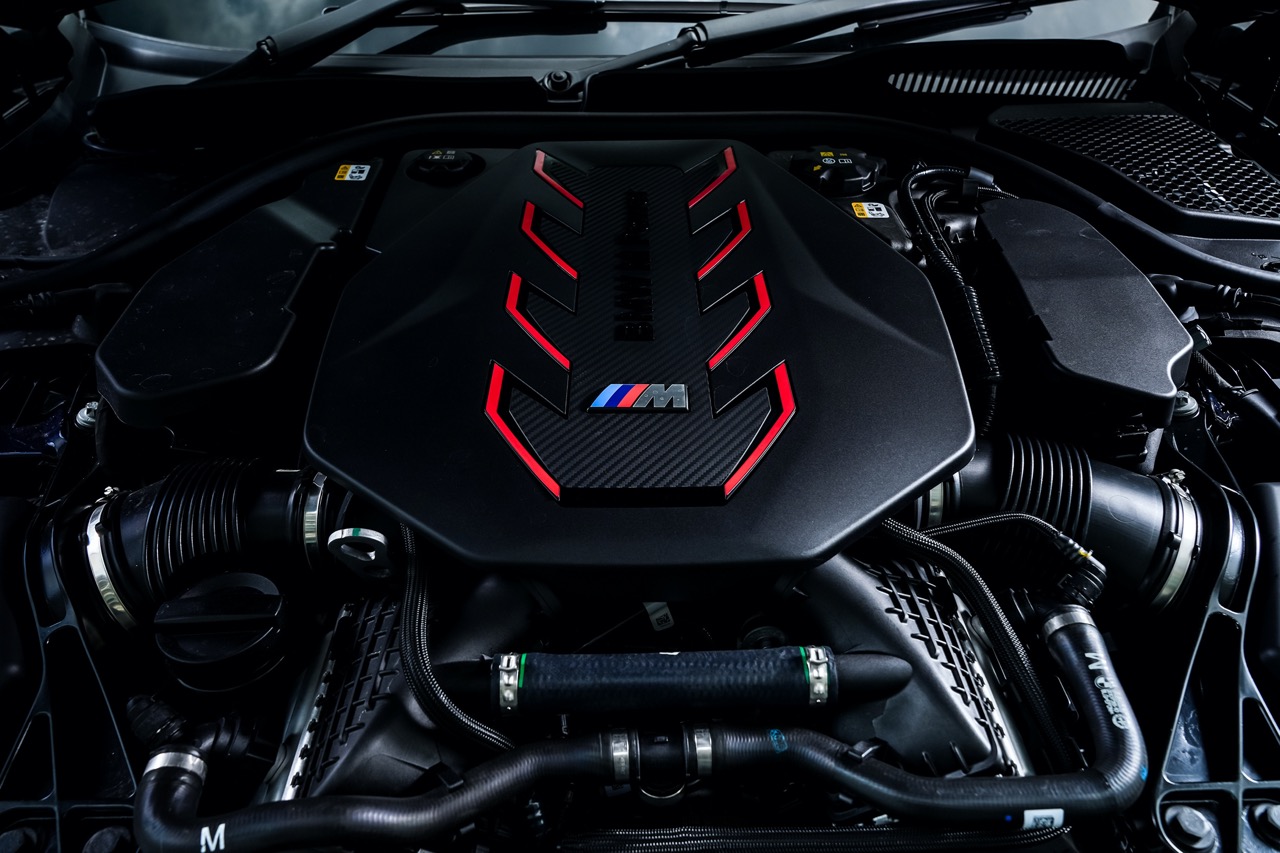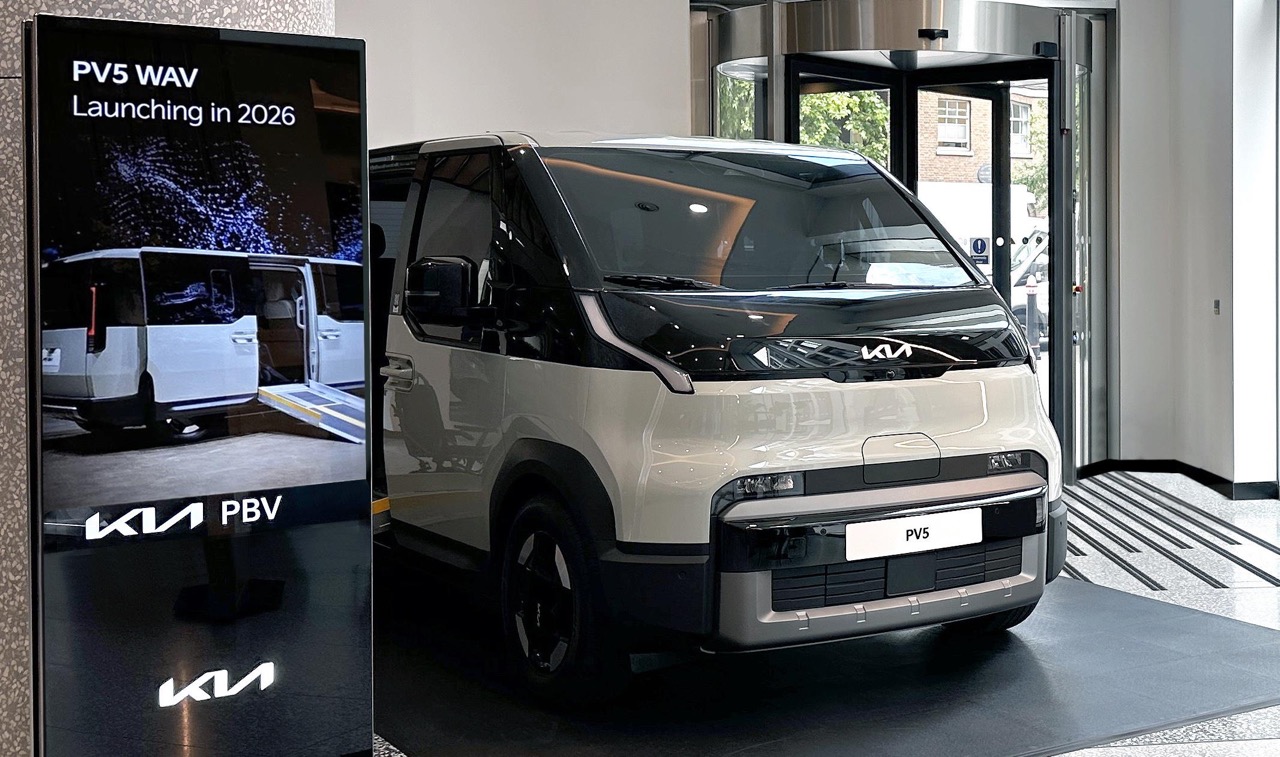Generally, car names are easily remembered and known but those with numbers and internal model codes that are also used in the model’s ‘name’ can complicate things, especially as the years go by. Take the Porsche 356 A 1500 GS Carrera, for example. This model originated from the Porsche 356 and was part of the refined A series. It had an engine size of 1500 cc and because of its speed, it had GS (Grand Sport) and Carrera (Spanish for ‘racing’) added as well.
Those who are devoted fans of Porsche will know all this well, but the typology of Porsche can still be confusing to many. How can a car be called a 911 and a 991 at the same time? Is that a Boxster – or a 987? Or is it actually a 982? Here’s a quick overview of how Porsche’s numbering system started and has evolved.
One number for each order
In order to understand the beginnings of the in-house numbering method, it is necessary to go back to 1931. Each order (from customers) and every project of Ferdinand Porsche’s newly established engineering design office, Dr. Ing. h.c. F. Porsche GmbH, was given a consecutive number as the in-house type designation. It started with seven, which was the design of a sedan for Wanderer, a German car manufacturer. Order number 22 was for the legendary Auto Union Grand Prix racing car and the Type 60 was the Volkswagen.
The numbers therefore rose with each new order, with each engine designed, with each drawing for an axle, gearbox or tractor. On June 8, 1948, by which time the project numbers had climbed to 356, something of historical significance happened: for the first time, an automobile was to be made under the official brand name of Porsche. And it was called the Porsche 356.
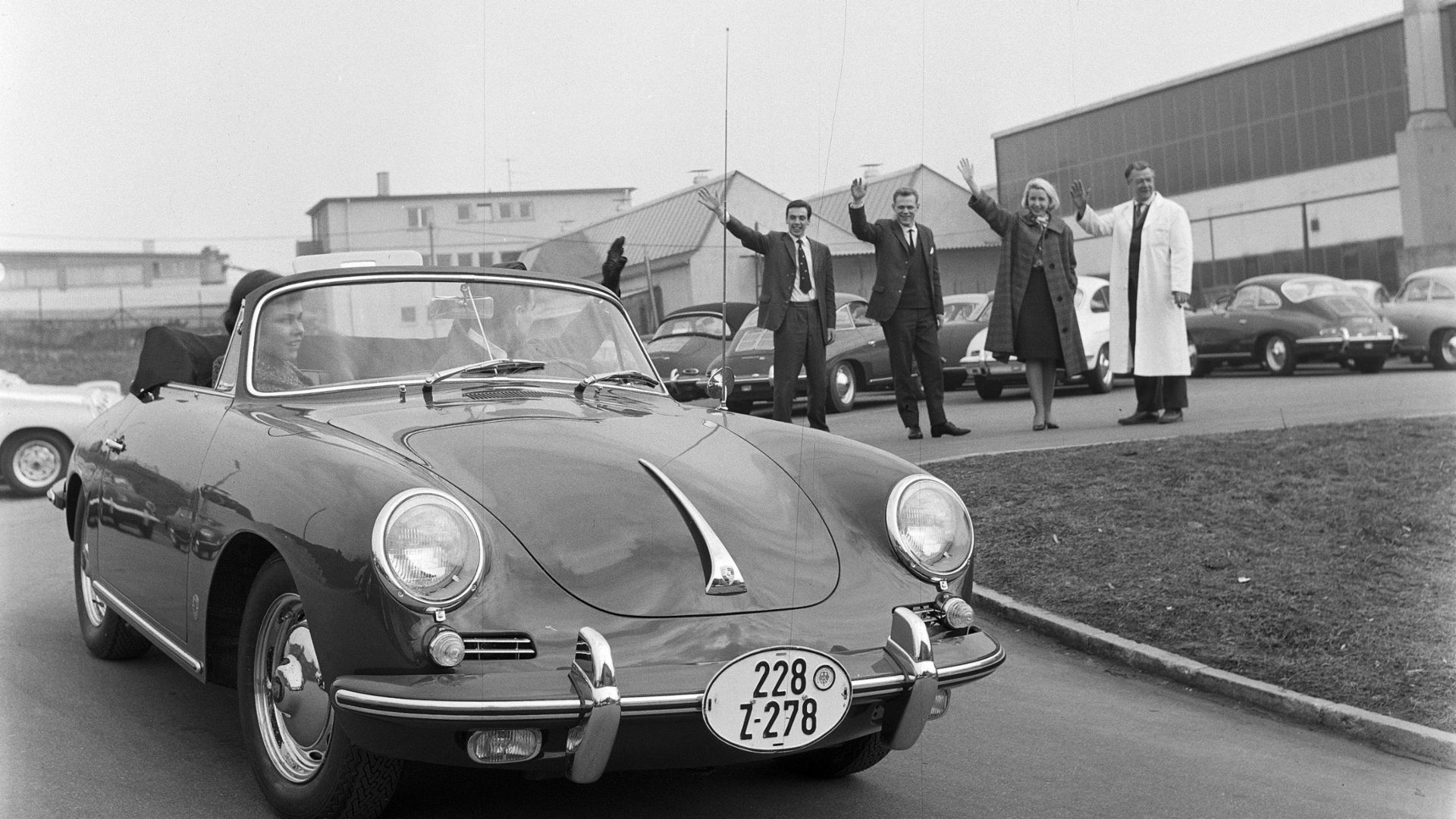
This not only marked the birth of the legendary brand, but also an iconic model with a memorable design. The 356 underwent further development with each new model year, and substantial advances in development were indicated by adding the letters A, B and C.
901 or 911?
The engineers were fine with this system which saw internal numbers were rising faster and faster. There were orders for test engines, naturally aspirated engines, water turbines, and racing cars. For some of the new sportscar types, Porsche again used the internal plant code for the official model name, as was the case in 1953 with the mid-engined 550 Spyder.
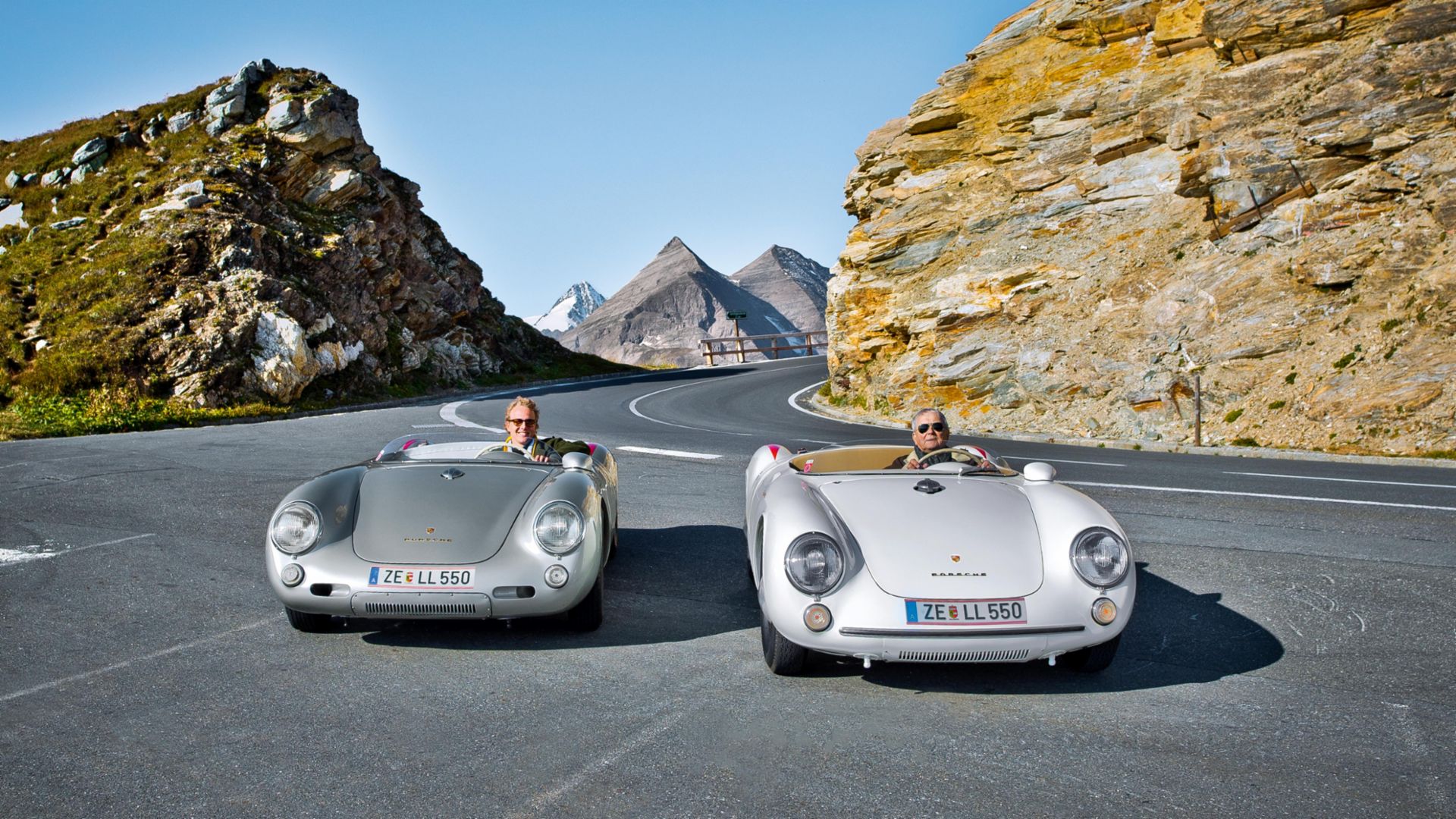
Eventually, it was the successor to the 356 that led to the custom being abandoned. In view of closer collaboration with Volkswagen, future Porsche models had to be compatible with the figures used there. As the 900 numbers had not yet been allocated in Wolfsburg, the decision-makers at Porsche quickly chose 901 for the 6-cylinder version and 902 for a subsequent 4-cylinder sportscar.
When Peugeot said no to ‘0’
However, an unexpected problem arose when Peugeot declared that they had been using 3-digit numbers with a zero in the middle since 1929 and therefore owned the legal rights to all similar number sequences in France. The French carmaker was very particular about this right to having a ‘zero in the middle’ and was known to also have approached Mazda when it marketed the Familia model as an ‘808’ in the 1970s. It’s not known what the outcome of that issue was, but Mazda still sold its car as an 808 in countries like Malaysia (and by coincidence, by the same distributor that also sold Peugeots!).
Porsche didn’t fight the matter and the zero was quickly replaced by a one, and the ‘1’ typeface, which had already been created, was simply duplicated for the brochures and type name on the rear of the car. A legend was born as the 911, which would become world-famous in the years that followed.
Expansion of the model range
Of course, the 911 did not remain the only model line from Porsche. The 914 marked the addition of a smaller, lighter mid-engined sportscar and, over the years, models such as the 924, 928 and 944 joined their elder sibling. They also received their internal number as model names. By now, the practice of using 3 digits starting with a ‘9’ had established itself for models from Porsche.
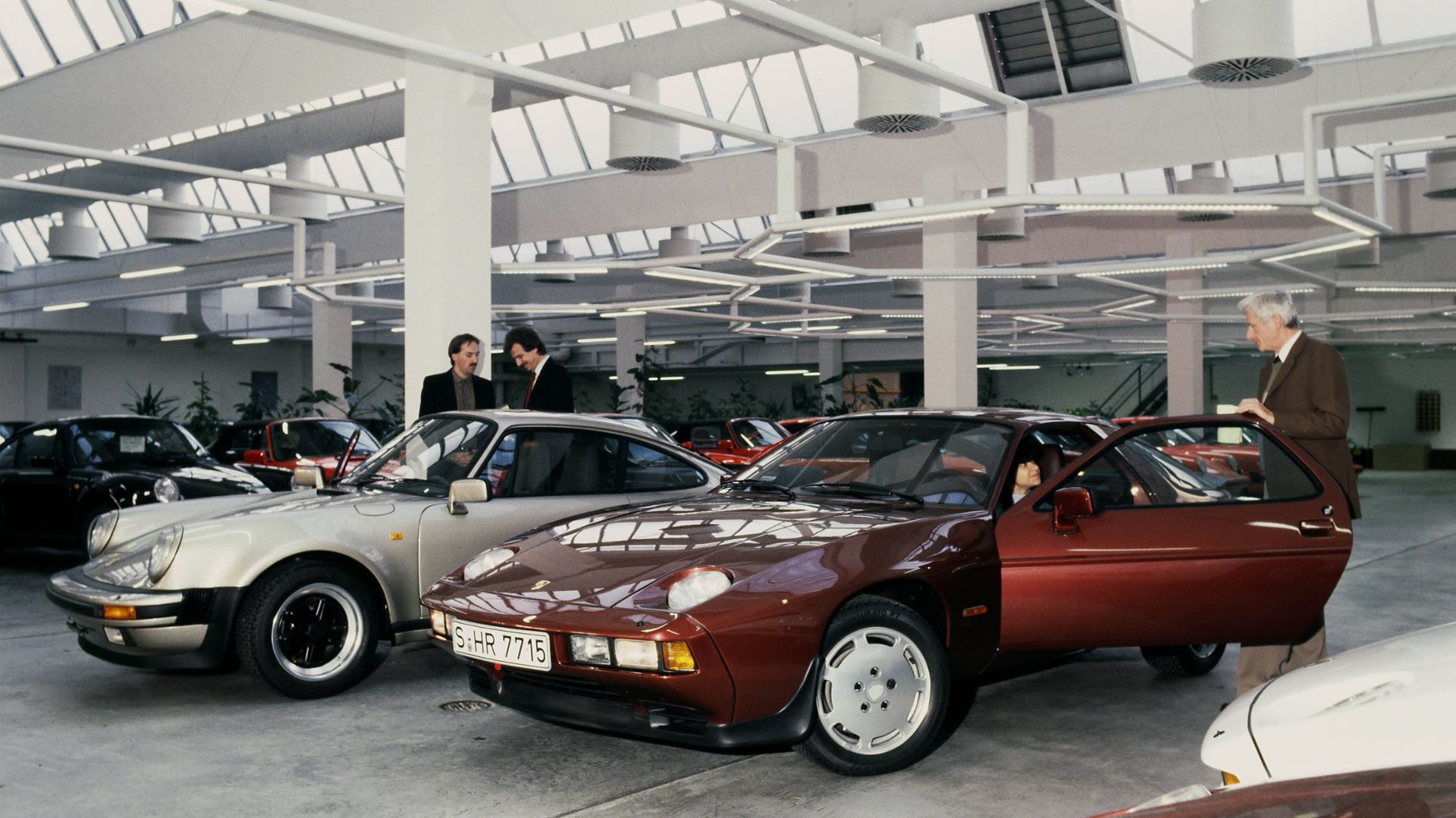
Inevitably, the 900 numbers began running out and competing with each other but the engineers stuck to their system out of tradition. In addition to the various road-legal models, pure racing cars also had to be allocated internal type numbers. One example was the legendary 917; unveiled at the Geneva International Motor Show in 1969, this racing car took overall victory at Le Mans a year later – the first of many racing successes in the first half of the 1970s under the 917 code.
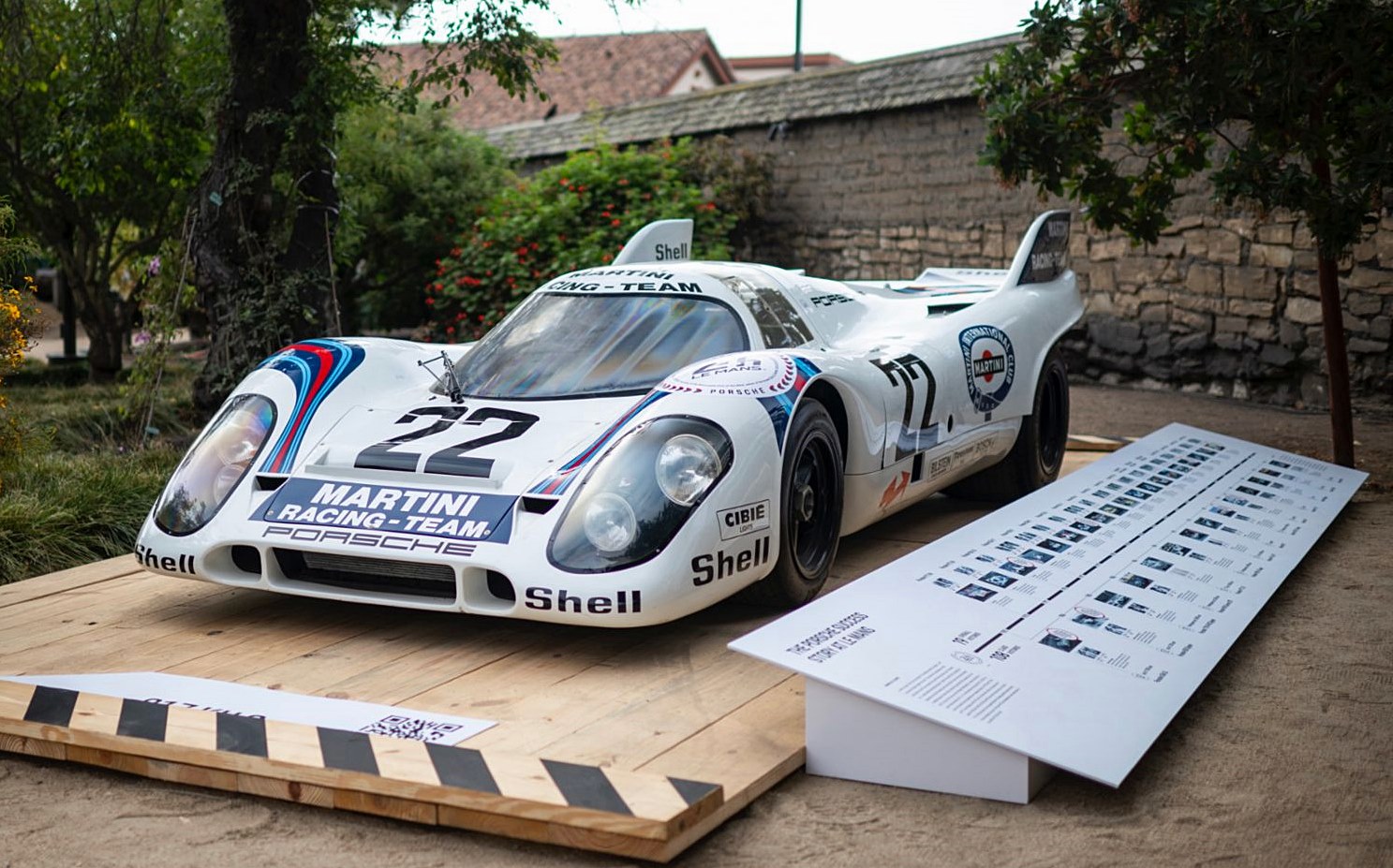
Flexibility in naming
Flexibility became increasingly in demand when it came to naming all the Porsche models. The 911 is a clear illustration of this when, for the 1968 model year, the series received the internal designation of ‘A Series’ for the first time. In 1969, the B Series followed, then in 1970, the C Series, up until the substantially redesigned G Series, which debuted in 1973. However, special models within the series also received their own type number from time to time, as was the case with the internal Type 930, named the 911 Turbo or the Type 954 (911 SC RS).
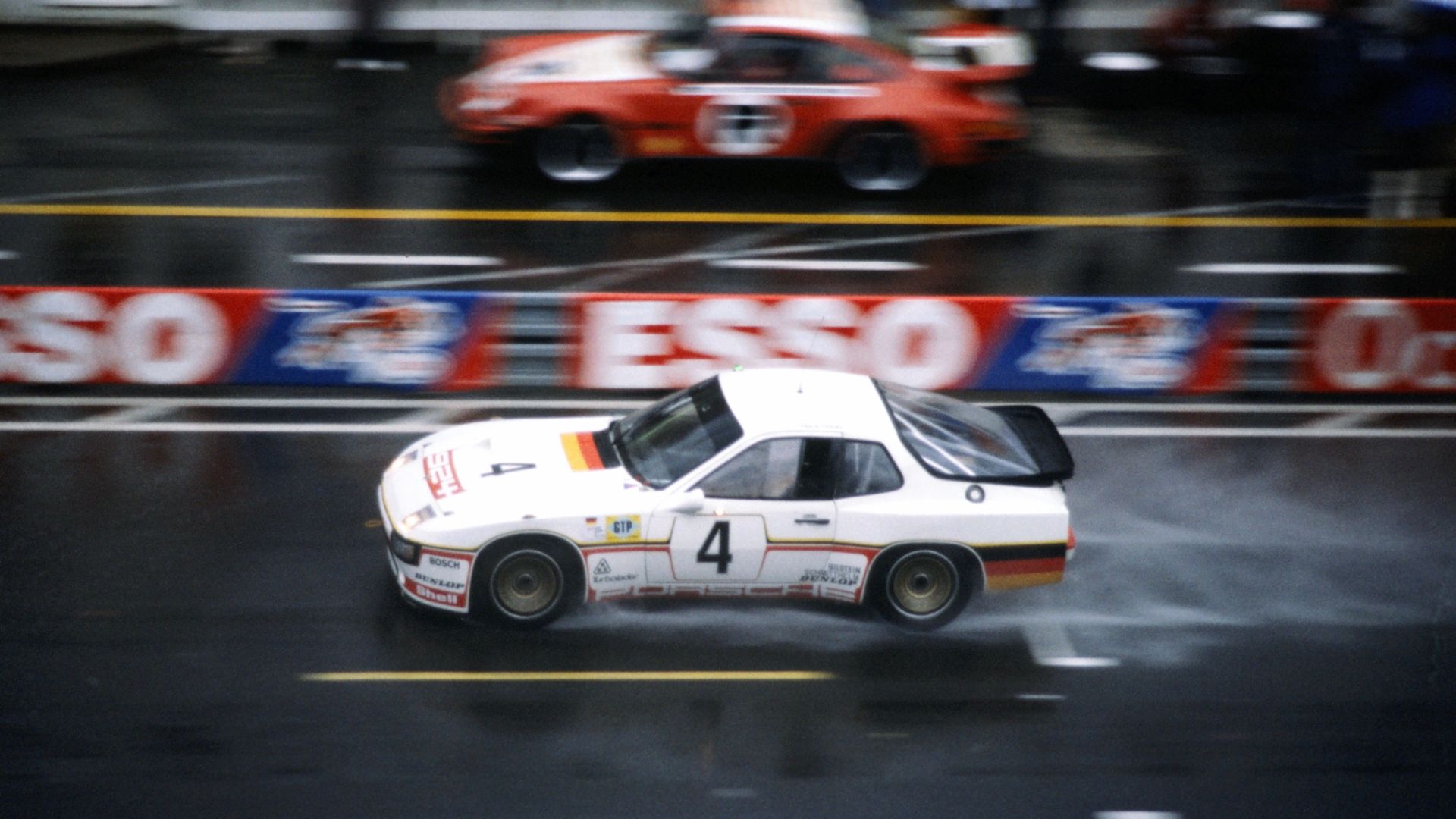
In 1988, a major break occurred in the 911 history with the introduction of the completely redesigned 964 model series. The 993 followed in 1993, then the 996, 997, a return to 991, and the current model 992. Between the internal codes of the 911, there are still further models to be found, with examples being the Carrera GT (internally known as the 980), the Boxster (the 986 being the first generation, followed by the 987 second generation, the 981 and the 982) and the Cayenne (955). The tradition of the 3-digit type codes is maintained today – albeit with a certain degree of creative freedom.
While enthusiasts refer to many of the models by their series numbers, the marketing people use names (or alphabets) to differentiate models. The current ones are Boxster (derived from boxer engine and roadster), Carrera, E-Hybrid, Executive, GTS (Gran Turismo Sport), RS (RennSport, or ‘racing sport’), RSR (RennSport Rennwagen, which translates as racing sport racing car), S (for ‘Super’ or ‘Sport’), 4 (all-wheel drive), Spyder, Targa, and of course, Turbo.
Porsche World Road Show 2021: The Ultimate Driving Experience!





